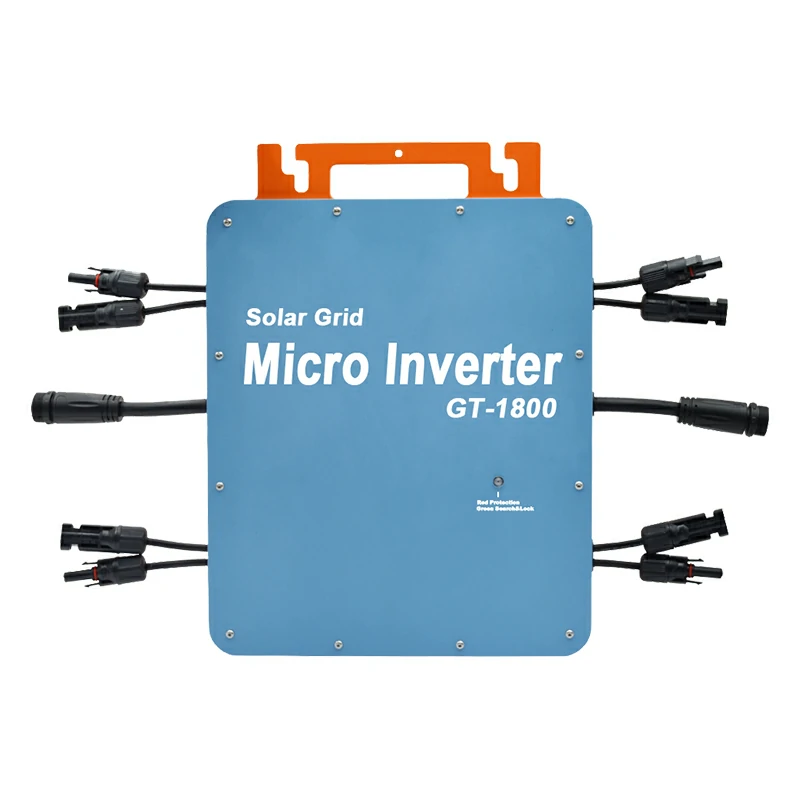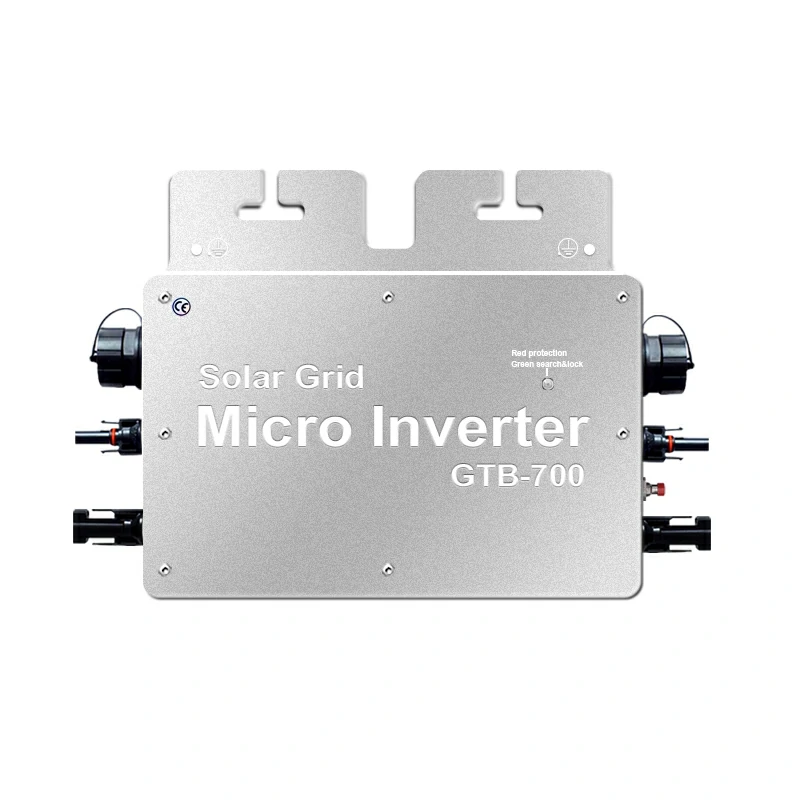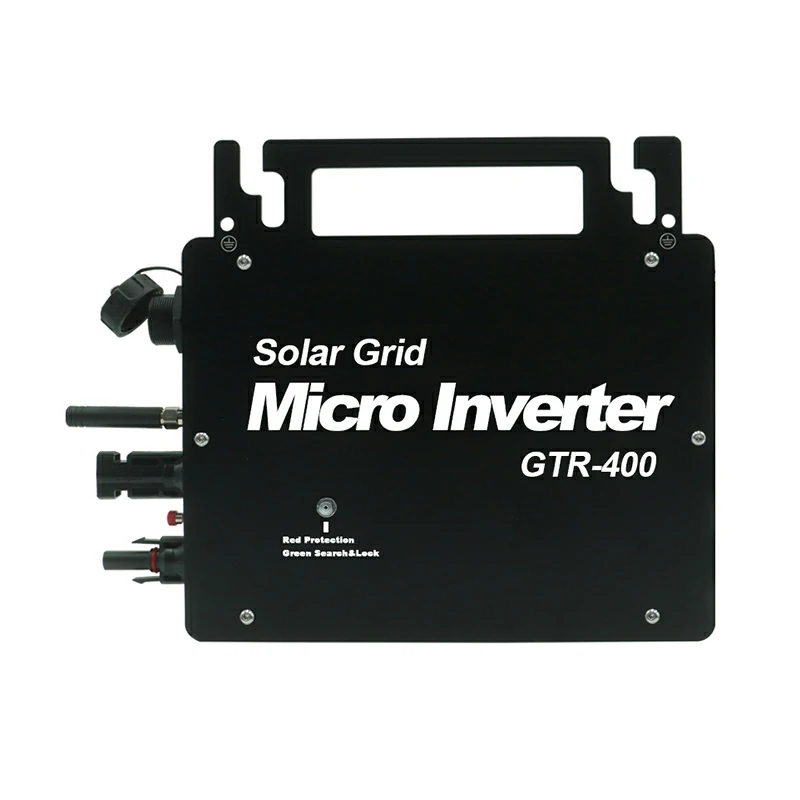Introduction
Solar photovoltaic systems have become increasingly prevalent in sustainable energy, particularly on large-scale solar farms. At the heart of these systems lie solar photovoltaic cables, playing a pivotal role in the efficient transmission of power generated by solar panels. This guide aims to elucidate the critical aspects surrounding solar photovoltaic cables, offering insights into their selection, installation, and maintenance to ensure optimal power transmission efficiency.

Understanding Solar Photovoltaic Cables
Solar photovoltaic cables, essential components in solar energy systems, serve as conduits for transporting electricity from solar panels to inverters and onward to the electrical grid. These cables are meticulously designed to withstand the rigours of outdoor environments while maintaining high levels of electrical conductivity. Variants such as solar photovoltaic cables come in diverse configurations, including single-core and multi-core constructions, each tailored to specific application requirements.
Factors Affecting Power Transmission Efficiency
Several factors influence the efficiency of power transmission through solar photovoltaic cables. The cables’ material composition, size, and cross-sectional area significantly impact their electrical conductivity and resistance. Environmental conditions, such as temperature fluctuations and UV exposure, pose challenges that demand robust cable design and construction. Additionally, proper installation techniques are imperative to minimize power losses and voltage drops along the cable length.
Ensuring Optimal Power Transmission Efficiency
Selecting the right solar photovoltaic cables is paramount to achieving optimal power transmission efficiency. When sourcing cables, it is essential to consider factors such as conductivity, temperature rating, UV resistance, and flexibility. Collaborating with a reputable solar photovoltaic cables supplier can streamline the procurement process, ensuring that the cables meet stringent quality standards and performance criteria. Opting for custom solar photovoltaic cables tailored to specific project requirements can further enhance efficiency and reliability.
Best Practices for Installation and Maintenance
Proper installation and maintenance practices are integral to maximizing the lifespan and performance of solar photovoltaic cables. Before installation, conducting thorough inspections and tests can identify potential issues and ensure compliance with regulatory standards. Careful cable routing and management minimize the risk of damage and optimize electrical transmission efficiency. Implementing regular maintenance routines, including cleaning and monitoring for signs of wear or degradation, helps mitigate potential issues and prolong the service life of the cables.
Case Studies: Examples of Successful Implementations
Real-world examples abound where the judicious selection and deployment of solar photovoltaic cables have contributed to the success of large-scale solar projects. From sprawling solar farms in desert regions to rooftop installations in urban environments, efficient cable systems have facilitated seamless power transmission, maximizing energy yields and operational efficiency. These case studies underscore the pivotal role of high-quality solar photovoltaic cables in achieving sustainable energy objectives.
Conclusion
Solar photovoltaic cables are indispensable components in the infrastructure of solar energy systems, facilitating the efficient transmission of clean, renewable power. By adhering to best practices in selection, installation, and maintenance, stakeholders can ensure optimal power transmission efficiency and maximize the performance of solar photovoltaic systems. As the renewable energy landscape continues to evolve, high-quality solar photovoltaic cables remain paramount in driving the transition towards a greener, more sustainable future.




